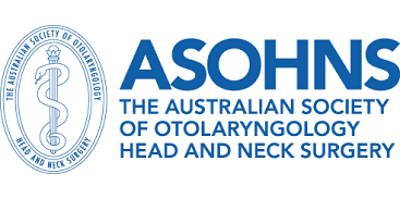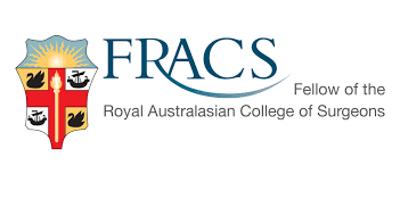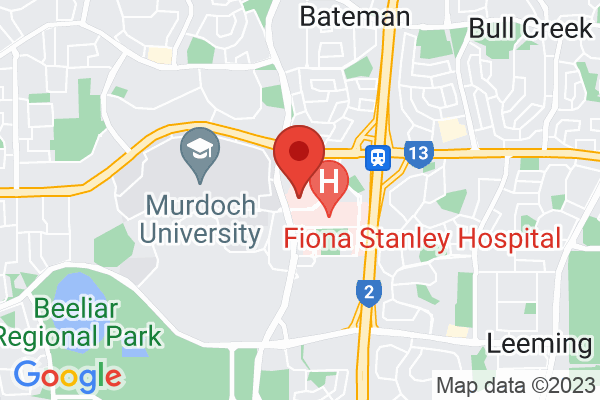Ear, hearing and balance related problems
Hearing loss can occur due to problems relating to the outer, middle and/or the inner ear. A hearing test is often required to determine the nature and degree of hearing loss. Hearing loss involving the outer and middle ears are called conductive hearing losses and can often times be resolved with medical intervention. In other cases medical management will be of limited benefit if the loss is permanent in nature, i.e. a sensorineural hearing loss. In such cases amplification and assistive listening devices would be recommended. Should the hearing loss occur in both the outer and or middle ear, and inner ear, the loss would be classified as a mixed loss. Your surgeon and Audiologist will guide you on the appropriate management options to address your hearing concerns.
Exostoses (Surfer’s Ears) are bony lumps that grow within the external ear canal often due to exposure to cold water. As they grow they cause significant narrowing of the ear canal, which may lead to recurrent outer ear infection requiring frequent cleaning and treatment. They need to be surgically removed if they cause hearing loss, ear pain or recurrent infection. During the operation, an incision is made either through the ear canal or seldomly behind the ear in the hairline. A microscope is used so that great care can be taken to remove the bony lumps with a drill, whilst preserving the skin of the ear canal. The operation takes around 60-90 minutes with dressings placed inside the ear canal at the end.
Cholesteatoma is a skin cyst that grows into the middle ear and can be very destructive. It can destroy the hearing and balance apparatus in the ear, as well as cause serious infections. Mastoidectomy surgery is performed to remove the cholesteatoma, to restore hearing and to avoid serious complications of an uncontrolled cholesteatoma. During the operation, an incision is made either through the ear canal or behind the ear, so that the mastoid bone and middle ear can be reached. A cholesteatoma and infected bone are then carefully removed. Medicated dressings are placed inside the ear to help it heal, with stitches or staples closing the incision site.
Ear infections are more common in childhood, but may continue or commence in adulthood. When the ear infection is recurrent or long-standing, fluid can accumulate in the middle ear and stop the tiny bones in the middle ear from moving properly, resulting in hearing loss. Grommets or ventilation tubes are tiny tubes that are placed in the eardrum to allow ventilation of the middle ear. A tiny cut is made in the eardrum (the cut is called myringotomy) and the grommet is inserted into the hole. If there is fluid or ‘glue’ in the middle ear, the surgeon will use suction to take some of this out. A short-term grommet, the most common, will remain in the ear anywhere form 3-24 months. Long-term grommets are larger and have flanges that secure them in place for a longer period. They eventually drop out of the ear with wax and in most cases the eardrum will close on its own. The surgery itself is very quick and if tolerated, can be done under local anesthesia in the clinic rooms instead of general anesthetic in theatre.
Eardrum perforations may occur due to an infection or ear trauma. A Myringoplasty operation is an operation to repair a hole in the eardrum. The repair is generally carried out using tissue from below the skin (called fascia or perichondrium/cartilage). A small cut either behind your ear or just in front of your ear would be required to obtain the fascia and sometimes to gain access to the eardrum. Where technically possible the surgeon will always attempt to confine all cuts to the external meatus (ear canal). Occasionally the ear canal will need to be enlarged as part of the repair process. This may cause some stiffness for your jaw for a few days because the ear canal is very close to the jaw joint.
Otosclerosis is a condition where one of the bones in the middle ear (the stapes bone) fuse to the other structures in the middle ear and result in a conductive hearing loss. A procedure called a Stapedectomy could be recommended in order to replace the stapes with a small prosthesis. During the operation, your surgeon will perform the operation either through a small cut in front of your ear or through a cut around your ear canal inside your ear. The top part of the stapes bone will be removed, leaving the base of the footplate intact. A laser is used to make a tiny hole in the base, where after the piston is secured and connected to the other middle ear bone, called the incus.
Tinnitus is defined as subjective ringing, buzzing, rushing, humming noises in the ears. Tinnitus is often times a symptom of a problem relating to the ears, jaw or neck. Although it is important to rule out any sinister cause of the tinnitus, management options likely include hearing devices, tinnitus maskers, informative counselling, and tinnitus retraining therapy with an Audiologist who has a special interest in managing this condition.













